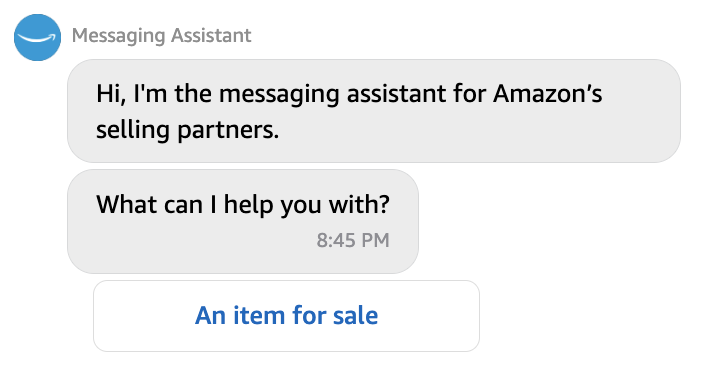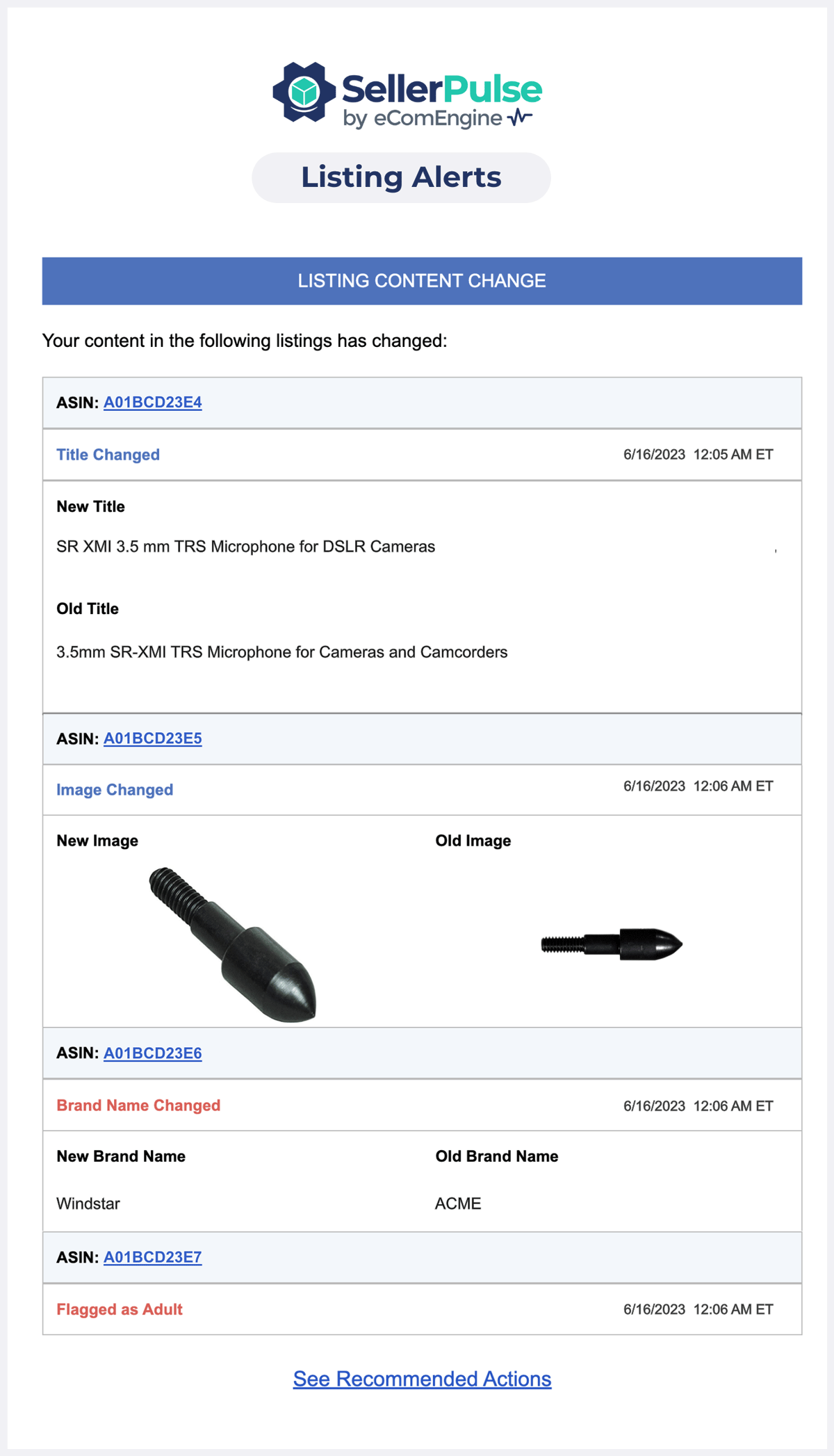Originally published on June 21, 2022, updated February 20, 2025
Menu
Join Our Email List
- Receive our monthly newsletter.
- Stay up to date on Amazon policies.
- Get tips to grow your business.
You’ve worked hard to develop a great product and build a strong brand reputation on the Amazon marketplace. But now you’ve noticed something funny happening. Negative reviews that don’t accurately reflect your product have popped up. And your sales for the product have dropped.
You may be the victim of Amazon listing hijacking.
Amazon listing hijacking is when an unauthorized seller starts offering a counterfeit version of your product on your listing. To be clear, this is different from a reseller who bought your actual product and decided to resell it on the platform. A hijacker is someone who noticed your private label product was popular and created a similar version of it that they’re trying to pass off as the same thing.
And “similar” here usually means cheaper and lower quality, so that they can undercut your prices and still make a profit. That has real consequences for your brand. A lower price means they could outcompete you in winning the Buy Box for your product. And customers won’t understand that their order came from the wrong seller, meaning you get saddled with the inevitable negative reviews. Not only are they getting sales that should be yours, but their shoddy product and customer service put your reputation at risk.
A quick way to check if your listing may have been hijacked is to look to see if another seller shows up on the listing in the “Other Sellers on Amazon” box. But that alone doesn’t mean you’ve been hijacked. You should first look to see if it’s a legitimate reseller.
If another seller is managing to win the Buy Box for your private-label product, that suggests you have a hijacker. And if you notice shoppers posting negative reviews with complaints that don’t match the actual product, that’s a clear sign that they’re receiving a counterfeit version.
This is why it's so important to monitor your Buy Box activity and Amazon reviews with automation software such as FeedbackFive. With FeedbackFive, you can easily sort, filter, and analyze your review data to check for suspicious activity. You can also activate negative review and Buy Box change alerts to help you take action much faster when something is amiss. SellerPulse plans include all FeedbackFive features to help you grow your Amazon business while saving time and money with better intel!
 Amazon Listing Change Alerts
Amazon Listing Change AlertsIdentifying the problem is just a start. Actually getting rid of the hijacker requires some work. Here's what you can do.
Giving the hijacker money is probably the last thing on your mind, but buying the counterfeit product for yourself is a necessary step in reporting it. Once you receive your order, analyze it to see how it’s different from the real thing.
Take notes and pictures to illustrate what you find. Do this before moving on to the other steps, so the seller won’t know yet that you’re onto them. Otherwise, they might not send you the product.
If you can scare the hijacker into backing off, it will save you the trouble of having to go through Amazon. You can ask your lawyer to write a cease and desist letter for you. Or, simply look for templates online and tweak one to match your circumstances.
Free Download: Hijacker Cease and Desist Template
When your letter is ready, click on the seller’s username to reach their Amazon page. Click the 'Ask a Question' button in the top right.
 Next, select 'An item for sale,' and 'Question about a product.' Or, you may be prompted to say what you need help with (pick Product Details or Other).
Next, select 'An item for sale,' and 'Question about a product.' Or, you may be prompted to say what you need help with (pick Product Details or Other).
 Paste the text of your cease and desist letter here and submit it. You'll want to give the seller a day or two to respond.
Paste the text of your cease and desist letter here and submit it. You'll want to give the seller a day or two to respond.
If the hijacker ignores your cease and desist, use the photos and notes you collected in step one to fill out and submit a report Infringement form to Amazon. Make a case for how their counterfeit product is creating a negative customer experience. Amazon will investigate, and usually that’s enough to have the hijacker removed from your listing.
You may not be able to stay under the radar of hijackers forever, but you can make it hard enough to reduce your chances of being targeted.
Here are a few proactive steps you can take to prevent an Amazon listing hijacking:

As an extra layer of defense, it’s also wise to activate SellerPulse’s listing content change alerts. Now, you’ll also be notified of any changes to your product's title, main image, or brand name as well as if Amazon has flagged your product as "adult." These changes could indicate that a hijacker is attempting to take over your listing, so it's crucial to stay vigilant.

Remember, prevention is always preferable to reaction.
Counterfeit products won’t just undercut your sales. They can do real damage to your brand. Don’t let bad actors destroy the reputation you’ve worked hard to build. Take proactive steps to make hijacking harder on potential scammers. And act fast when you realize a listing is being hijacked. The sooner you respond, the less damage the counterfeiter can do.
Ready to learn more about SellerPulse's product alerts? Watch the short video below for more information!
Originally published on June 21, 2022, updated February 20, 2025
This post is accurate as of the date of publication. Some features and information may have changed due to product updates or Amazon policy changes.
These Stories on Alerts
14321 Winter Breeze Drive
Suite 121 Midlothian, VA 23113
Call us: 800-757-6840





Copyright© 2007-2025 eComEngine, LLC. All Rights Reserved. eComEngine®, FeedbackFive®, RestockPro®, and SellerPulse® are trademarks or registered trademarks of eComEngine, LLC. Amazon's trademark is used under license from Amazon.com, Inc. or its affiliates.
No Comments Yet
Let us know what you think